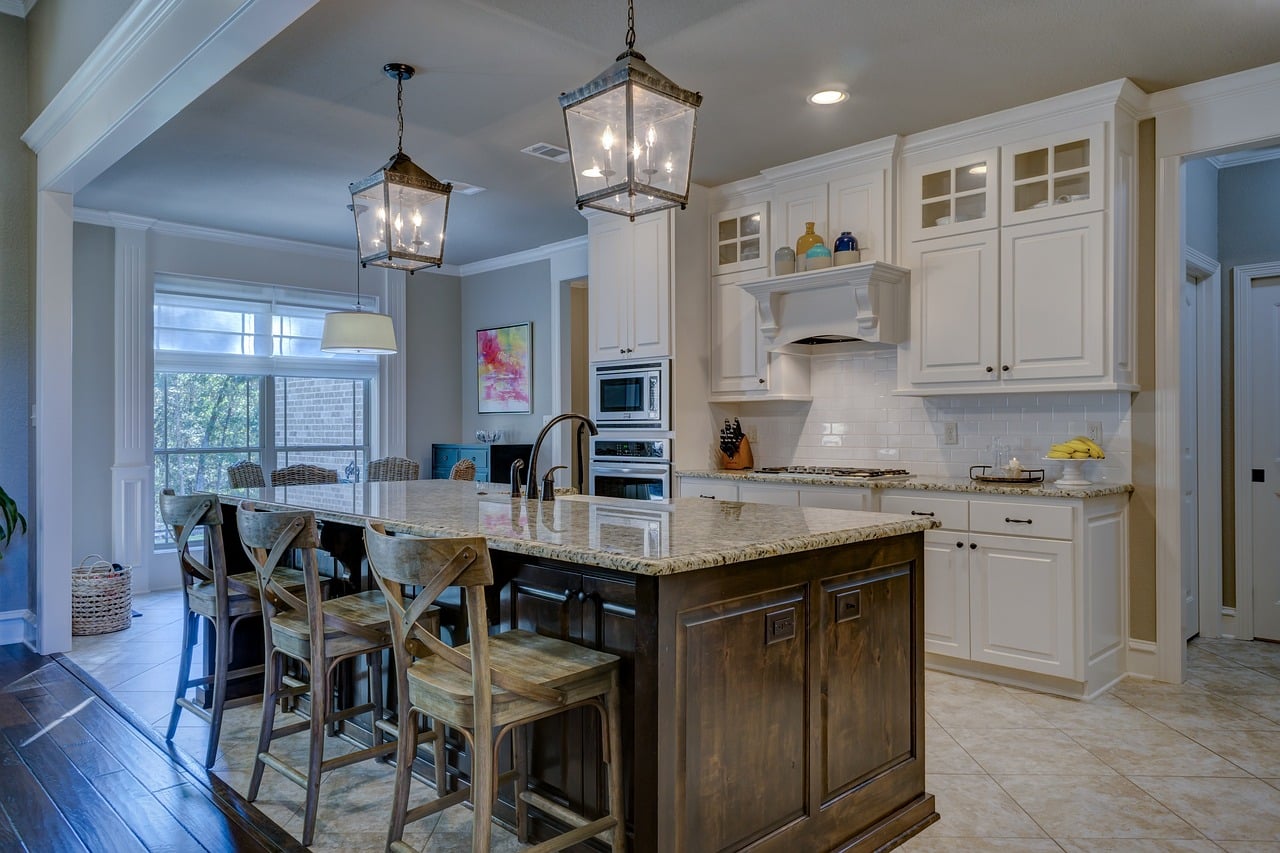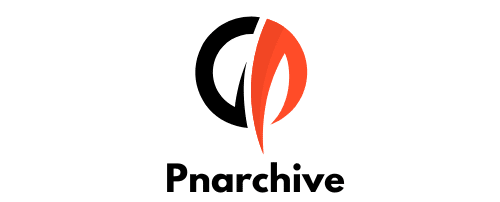How can real estate developers utilize green roofs for energy efficiency and aesthetic appeal?

As we navigate the complexities of the 21st century, the importance of sustainability and energy efficiency in our urban buildings cannot be overemphasized. How we design and construct our buildings can have a significant impact on the environment. One innovative method gaining traction worldwide is the use of green roofs, not only for their aesthetic appeal but for their contribution to a more sustainable and energy-efficient urban living.
The Concept of Green Roofs and Building Design
Green roofs represent a unique blend of building design and environmental stewardship. But what exactly are green roofs? Essentially, they are roofs of buildings that are partially or completely covered with vegetation and a growing medium, planted over a waterproofing membrane. They may also include additional layers such as a root barrier and drainage and irrigation systems.
Have you seen this : What are the challenges of implementing IoT technologies in older real estate properties for smart upgrades?
In the context of building design, green roofs are more than just a trendy architectural feature. They are a practical solution to numerous urban challenges. They contribute to sustainable living by reducing energy consumption, minimizing heat effects, improving air quality, and enhancing biodiversity.
Green Roofs and Energy Efficiency
One of the prime benefits of green roofs is their potential for energy efficiency. Due to the layer of vegetation, green roofs act as a natural insulator, reducing the amount of heat that penetrates the building during hot weather and minimizing heat loss during cold periods. In effect, this reduces the need for artificial heating and cooling systems, leading to significant energy savings.
In parallel : What strategies can real estate professionals employ to adapt to changing consumer behaviors post-COVID-19?
A well-designed green roof can reduce energy demand significantly. It can lower air conditioning use by 75%, according to a study by the National Research Council of Canada. However, the actual energy savings depend on various factors including the design and the type of green roof, the climate, and the building’s structure and use.
Green roofs also help mitigate the urban heat island effect, a phenomenon where urban areas become significantly warmer than their surrounding rural areas. This is due to the extensive asphalt and concrete surfaces that absorb and radiate the heat. Green roofs can counter this effect by providing a cooling effect through evapotranspiration, a process where plants absorb water through their roots and release it into the atmosphere.
Enhancing Aesthetic Appeal and Property Value
While the environmental benefits are undoubtedly significant, the aesthetic appeal of green roofs should not be discounted. Green roofs offer a visually appealing alternative to traditional roofing materials, creating a lush, verdant space that can greatly enhance the look of any urban property.
Additionally, green roofs can increase the real estate value of a property. A study by the University of Michigan found that implementing a green roof increases the property value by about 7%. This is due to the perceived value of having a unique, eco-friendly feature, and the actual benefits like reduced energy costs and extended roof life.
Role of Green Roofs in Improving Air Quality
Green roofs can also contribute significantly to improving air quality. The plants on a green roof can filter harmful gases and capture airborne particulates. According to the American Society of Landscape Architects, a single square foot of green roof can remove as much as 0.2 pounds of airborne particulates per year. This helps improve the air quality within the building, resulting in a healthier living environment for the occupants.
Moreover, green roofs can also aid in reducing noise pollution. The layer of soil and plants can help absorb, reflect, or deflect sound waves, making it an excellent addition to buildings situated in noisy urban environments.
Implementing Green Roofs in Urban Developments
Adopting green roofs in urban developments requires careful planning and execution. It begins with a thorough assessment of the building’s structure, including its load-bearing capacity to support the additional weight of a green roof. The roof’s slope and the local climate are also crucial factors to consider.
An essential part of the implementation process is selecting the right vegetation. The choice of plants should be based on the local climate, available maintenance resources, and the specific objectives of the green roof, whether it’s energy efficiency, stormwater management, biodiversity, or aesthetic appeal.
Finally, installing a green roof is not a job for a regular roofing contractor. It requires specialized knowledge and skills. Therefore, it’s recommended to work with experienced green roof professionals to ensure the project’s success.
As we strive towards building a sustainable future, green roofs represent an innovative solution that real estate developers can utilize. They offer a viable avenue for energy efficiency and aesthetic appeal, transforming urban buildings into living, breathing entities that contribute to a healthier and more sustainable environment.
The Economic Perspective of Green Roofs in Real Estate
From an economic standpoint, green roofs present a compelling case for real estate developers. They offer not only environmental benefits but also provide significant cost savings in the long run. The initial installation cost might be higher than traditional roofs, but the long-term benefits far outweigh the initial costs.
The insulation provided by green roofs can drastically reduce energy consumption, significantly cutting down on heating and cooling costs. For instance, a study by the Centre for Architectural Ecology found that green roofs can reduce summer energy consumption by up to 75%. Furthermore, the lifespan of green roofs is typically longer than their traditional counterparts, representing additional cost savings in roof maintenance and replacements.
Beyond energy savings, green roofs also play a vital role in stormwater management. Urban areas often face significant challenges with stormwater runoff, which can lead to flooding and water pollution. Green roofs, with their drainage systems, can absorb and filter rainwater, reducing runoff by up to 50% according to the Environmental Protection Agency (EPA). This function can help minimize the need for costly stormwater infrastructure, representing another economic advantage of green roofs.
Lastly, green roofs can boost the property’s market value. As the demand for eco-friendly buildings continues to rise, properties with green features like green roofs can command higher prices in the real estate market. The combination of these factors makes green roofs an economically sound choice for real estate developers.
Conclusion: Green Roofs – The Future of Sustainable Urban Living
In conclusion, green roofs present a multi-faceted solution for urban developments striving towards sustainability and energy efficiency. With their potential to reduce energy consumption, mitigate urban heat island effect, improve air quality, manage stormwater, and enhance the aesthetic appeal, green roofs embody an innovative approach towards green building.
Moreover, the economic benefits green roofs offer in the form of energy and cost savings, coupled with increased real estate value, further strengthen the case for their adoption. As urban areas continue to grapple with environmental challenges and increased energy demand, green roofs serve as a beacon of hope, transforming concrete jungles into green spaces teeming with life.
As we continue to traverse the path of sustainable development, it is essential for real estate developers to embrace innovative solutions like green roofs. They not only contribute to a healthier planet but also make good business sense. After all, the buildings of the future will not just be made of bricks and mortar but will be living, breathing entities contributing to a more sustainable world. As real estate developers, the responsibility to shape this future lies in our hands. Let’s make the most of it.
